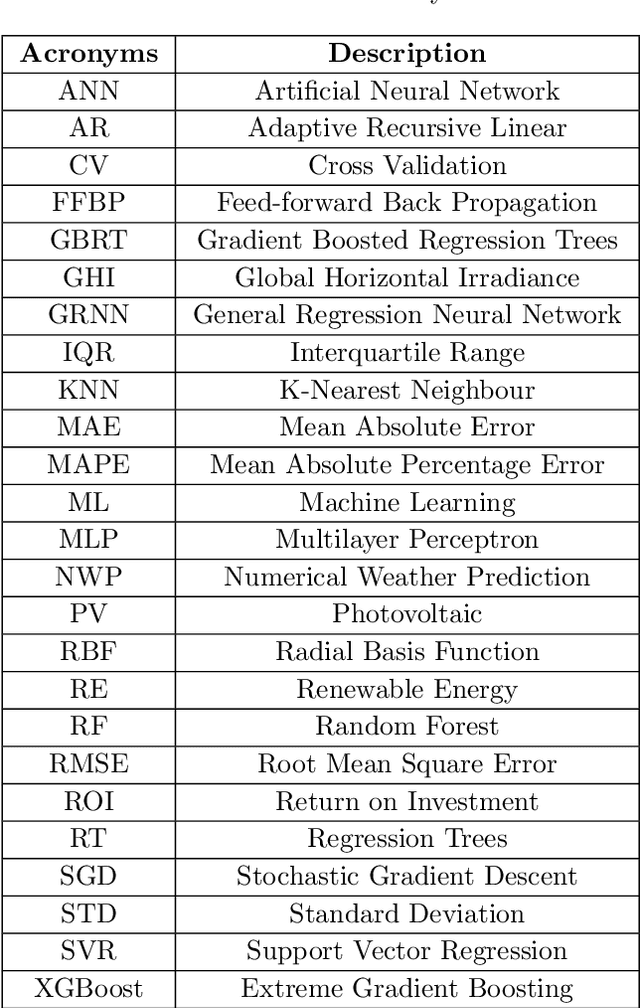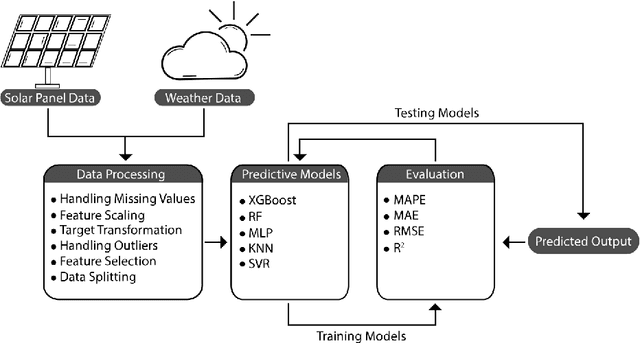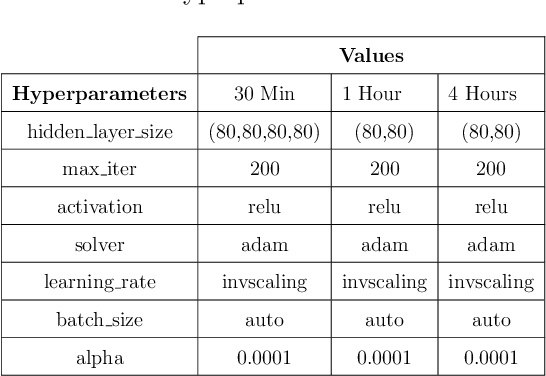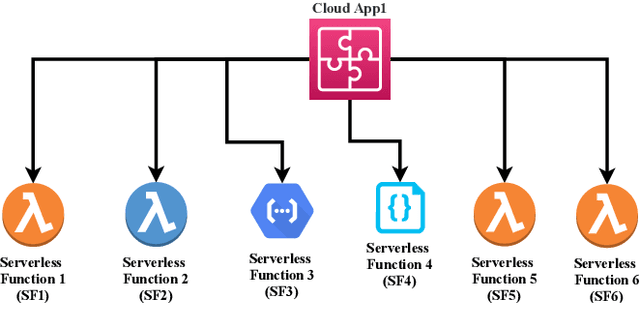Chinmaya Kumar Dehury
Optimizing Multi-DNN Inference on Mobile Devices through Heterogeneous Processor Co-Execution
Mar 27, 2025Abstract:Deep Neural Networks (DNNs) are increasingly deployed across diverse industries, driving demand for mobile device support. However, existing mobile inference frameworks often rely on a single processor per model, limiting hardware utilization and causing suboptimal performance and energy efficiency. Expanding DNN accessibility on mobile platforms requires adaptive, resource-efficient solutions to meet rising computational needs without compromising functionality. Parallel inference of multiple DNNs on heterogeneous processors remains challenging. Some works partition DNN operations into subgraphs for parallel execution across processors, but these often create excessive subgraphs based only on hardware compatibility, increasing scheduling complexity and memory overhead. To address this, we propose an Advanced Multi-DNN Model Scheduling (ADMS) strategy for optimizing multi-DNN inference on mobile heterogeneous processors. ADMS constructs an optimal subgraph partitioning strategy offline, balancing hardware operation support and scheduling granularity, and uses a processor-state-aware algorithm to dynamically adjust workloads based on real-time conditions. This ensures efficient workload distribution and maximizes processor utilization. Experiments show ADMS reduces multi-DNN inference latency by 4.04 times compared to vanilla frameworks.
Distributed AI in Zero-touch Provisioning for Edge Networks: Challenges and Research Directions
Nov 29, 2023Abstract:Zero-touch network is anticipated to inaugurate the generation of intelligent and highly flexible resource provisioning strategies where multiple service providers collaboratively offer computation and storage resources. This transformation presents substantial challenges to network administration and service providers regarding sustainability and scalability. This article combines Distributed Artificial Intelligence (DAI) with Zero-touch Provisioning (ZTP) for edge networks. This combination helps to manage network devices seamlessly and intelligently by minimizing human intervention. In addition, several advantages are also highlighted that come with incorporating Distributed AI into ZTP in the context of edge networks. Further, we draw potential research directions to foster novel studies in this field and overcome the current limitations.
Location-aware green energy availability forecasting for multiple time frames in smart buildings: The case of Estonia
Oct 04, 2022



Abstract:Renewable Energies (RE) have gained more attention in recent years since they offer clean and sustainable energy. One of the major sustainable development goals (SDG-7) set by the United Nations (UN) is to achieve affordable and clean energy for everyone. Among the world's all renewable resources, solar energy is considered as the most abundant and can certainly fulfill the target of SDGs. Solar energy is converted into electrical energy through Photovoltaic (PV) panels with no greenhouse gas emissions. However, power generated by PV panels is highly dependent on solar radiation received at a particular location over a given time period. Therefore, it is challenging to forecast the amount of PV output power. Predicting the output power of PV systems is essential since several public or private institutes generate such green energy, and need to maintain the balance between demand and supply. This research aims to forecast PV system output power based on weather and derived features using different machine learning models. The objective is to obtain the best-fitting model to precisely predict output power by inspecting the data. Moreover, different performance metrics are used to compare and evaluate the accuracy under different machine learning models such as random forest, XGBoost, KNN, etc.
DeF-DReL: Systematic Deployment of Serverless Functions in Fog and Cloud environments using Deep Reinforcement Learning
Nov 05, 2021



Abstract:Fog computing is introduced by shifting cloud resources towards the users' proximity to mitigate the limitations possessed by cloud computing. Fog environment made its limited resource available to a large number of users to deploy their serverless applications, composed of several serverless functions. One of the primary intentions behind introducing the fog environment is to fulfil the demand of latency and location-sensitive serverless applications through its limited resources. The recent research mainly focuses on assigning maximum resources to such applications from the fog node and not taking full advantage of the cloud environment. This introduces a negative impact in providing the resources to a maximum number of connected users. To address this issue, in this paper, we investigated the optimum percentage of a user's request that should be fulfilled by fog and cloud. As a result, we proposed DeF-DReL, a Systematic Deployment of Serverless Functions in Fog and Cloud environments using Deep Reinforcement Learning, using several real-life parameters, such as distance and latency of the users from nearby fog node, user's priority, the priority of the serverless applications and their resource demand, etc. The performance of the DeF-DReL algorithm is further compared with recent related algorithms. From the simulation and comparison results, its superiority over other algorithms and its applicability to the real-life scenario can be clearly observed.
 Add to Chrome
Add to Chrome Add to Firefox
Add to Firefox Add to Edge
Add to Edge